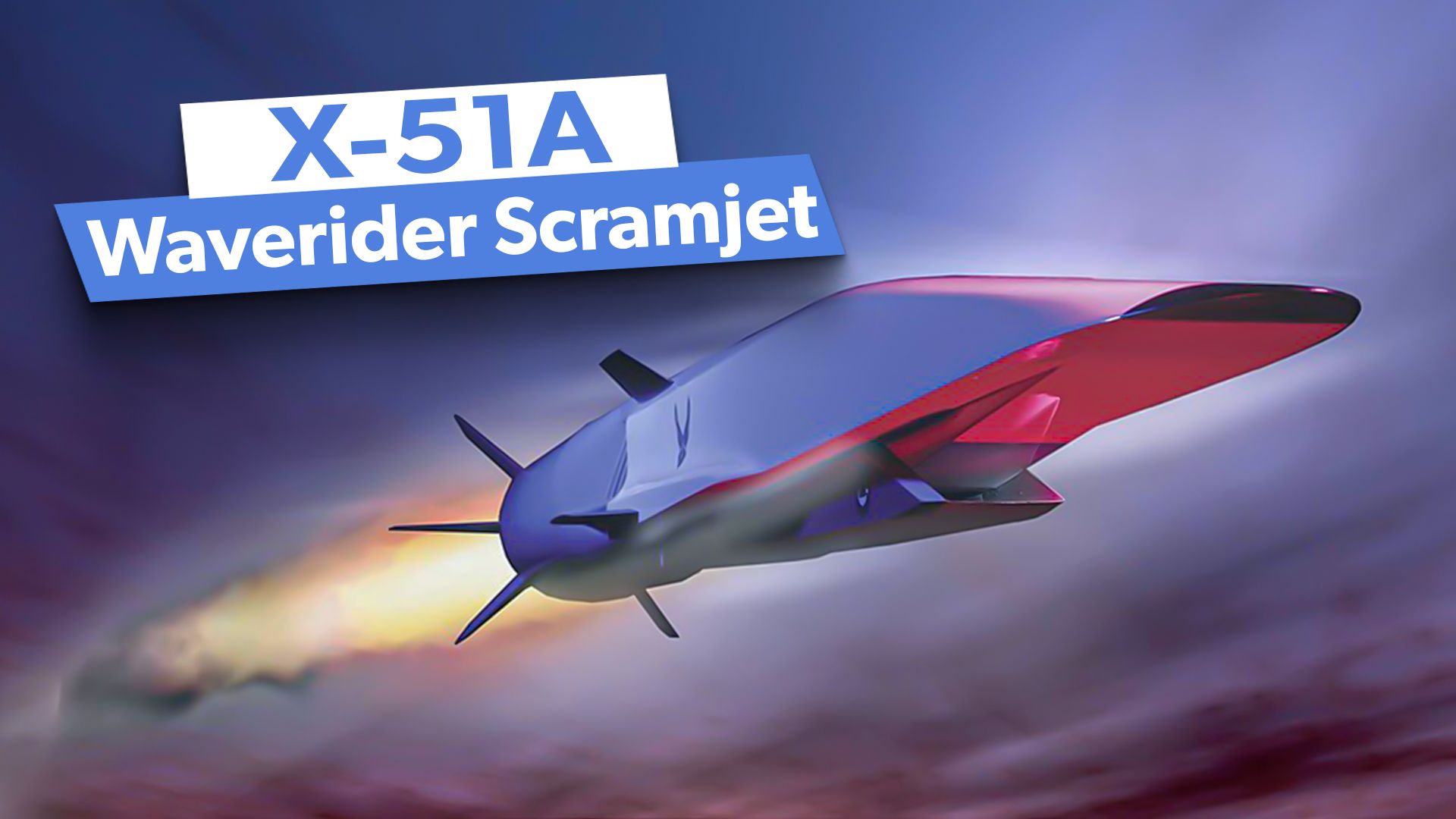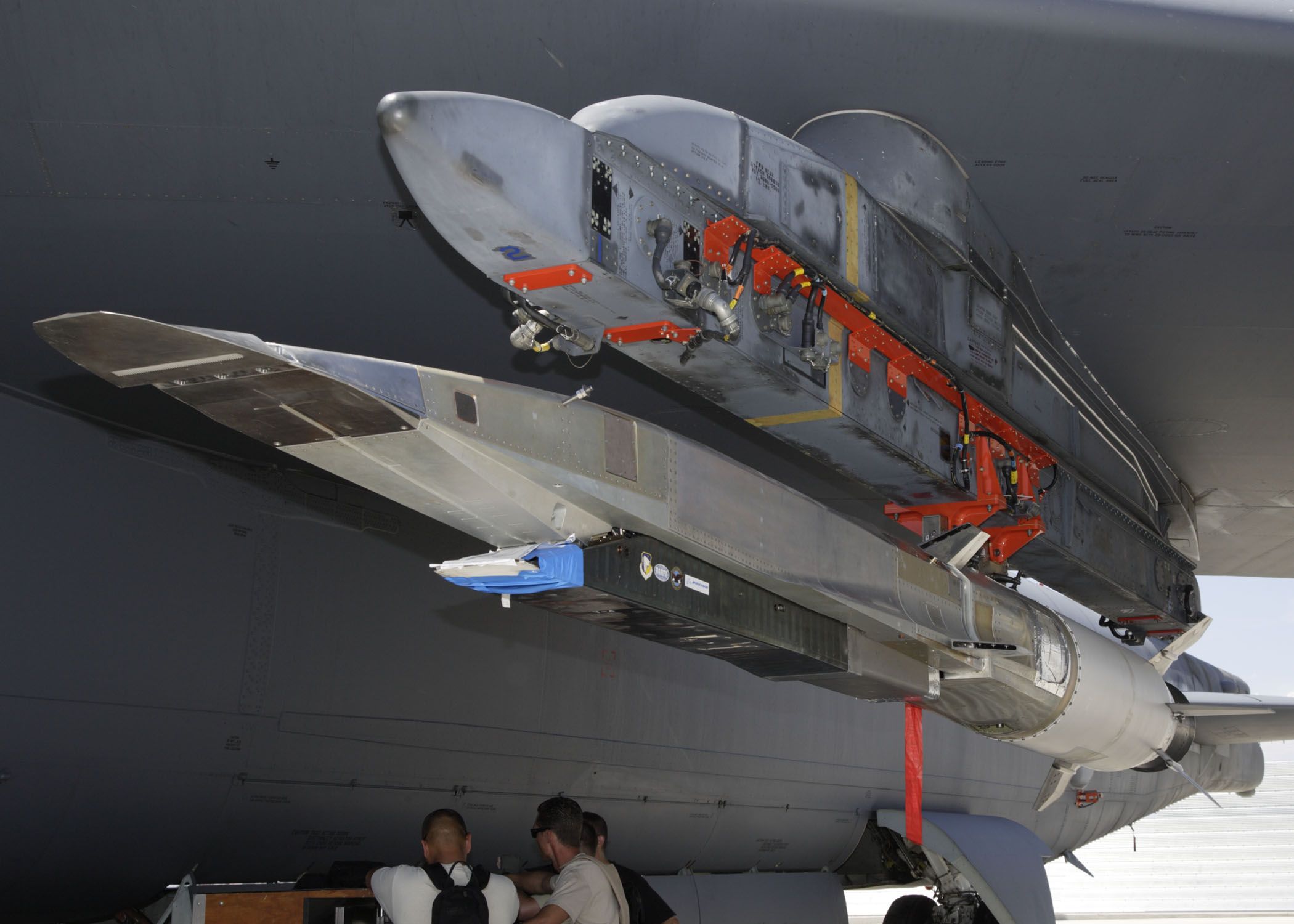The X-51A Waverider represents a revolutionary leap in aerospace technology
, designed to achieve sustained hypersonic flight. Developed by the US Air Force
and ![]() Boeing
Boeing
, this unmanned scramjet aircraft has the potential to travel at speeds exceeding Mach 5, harnessing advanced propulsion systems that utilize air-breathing engines. With its ability to glide at extreme velocities, the X-51A paves the way for future military and civilian applications, from rapid global travel to enhanced missile capabilities. Its successful flight tests mark significant milestones in aerodynamics and engineering
, showcasing a new era of speed and efficiency in aviation. As the quest for faster and more efficient aircraft continues, the Waverider stands at the forefront, pushing the boundaries of what is possible and inspiring innovations
that could transform air travel. The X-51A is a glimpse into the future of hypersonic flight.
Photo: US Air Force
Bleeding Edge
The X-51 was engineered as a missile
-sized test aircraft to demonstrate scramjet operation within the speed range of Mach 4.5 to Mach 6. The SED-WR program finished its preliminary design
review (PDR) in December 2004, and a contract for the detailed design phase of the X-51 was awarded in January 2005, with the critical design review (CDR) completed in January 2007. The lifting body design allows the vehicle to generate significant lift during flight without relying solely on wings
. Weighing approximately 1,814 kg, the aircraft can be fully controlled at supersonic
speeds, even when gliding without propulsion. At high speeds, excessive heat can potentially damage the metal components of the airframe by melting them. To prevent this, hypersonic
combustion creates cooling water cycling behind the engine cowl and along the sidewalls, keeping the surfaces at a safe operating temperature.
The X-51 is powered by the Pratt & Whitney Rocketdyne SJY61-2 scramjet engine, which uses hydrocarbon JP-7 fuel. Conventional turbine engines are employed for high-speed research at supersonic levels. Upon ignition, a mixture of ethylene and JP-7 is initially burned before switching exclusively to JP-7 fuel.
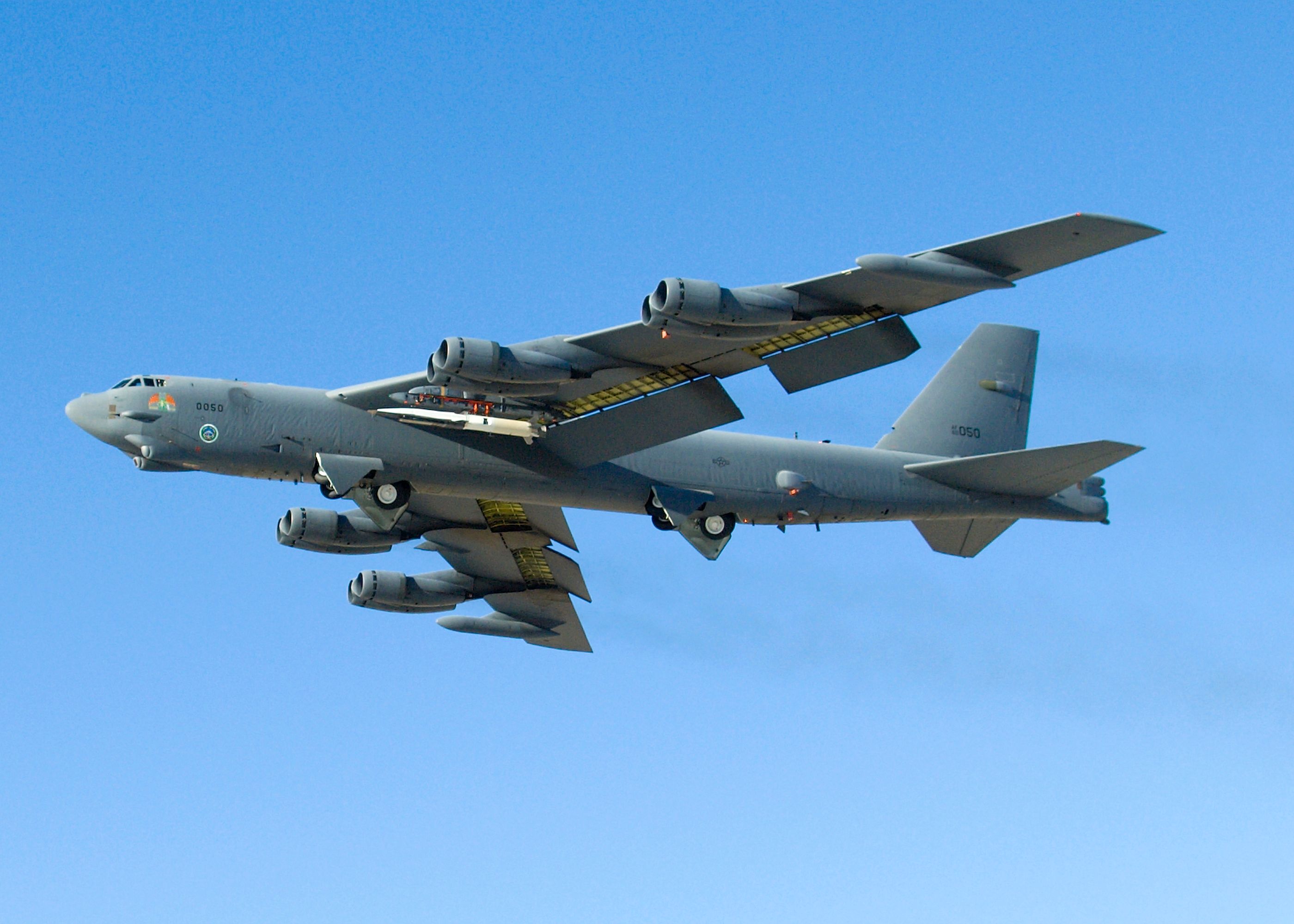 Pushing the Limit
Pushing the Limit
In the 1990s, the Air Force Research Laboratory (AFRL) initiated the HyTECH program focused on hypersonic propulsion. Pratt & Whitney
was contracted by the AFRL to create a hydrocarbon-fueled scramjet engine, resulting in the development of the SJX61 engine. Initially intended for the now-canceled NASA
X-43C, the SJX61 was later incorporated into the AFRL’s Scramjet Engine
Demonstrator program in late 2003.
“This first flight was the culmination of a six-year effort by a small, but very talented AFRL, DARPA, and industry development team,” Mr. Brink said [after the X-51’s first captive carry mission on December 9, 2009]. “Now we will go back and really scrutinize our data. No test is perfect, and I’m sure we will find anomalies that we will need to address before the next flight. But anyone will tell you that we learn just as much, if not more, when we encounter a glitch.”
To achieve flight, the X-51 is transported by a B-52
to around 50,000 feet (15 km) before being released over the Pacific Ocean. The X-51 is first propelled by an MGM-140 ATACMS solid rocket booster, which launches it at speeds of approximately Mach 4.5 (3,000 mph; 4,800 km/h). After the booster expends all its fuel, it is jettisoned then the Pratt & Whitney Rocketdyne SJY61 scramjet accelerates to nearly Mach 6 (4,000 mph; 6,400 km/h)
The scramjet flight test vehicle was officially designated X-51 on September 27, 2005.
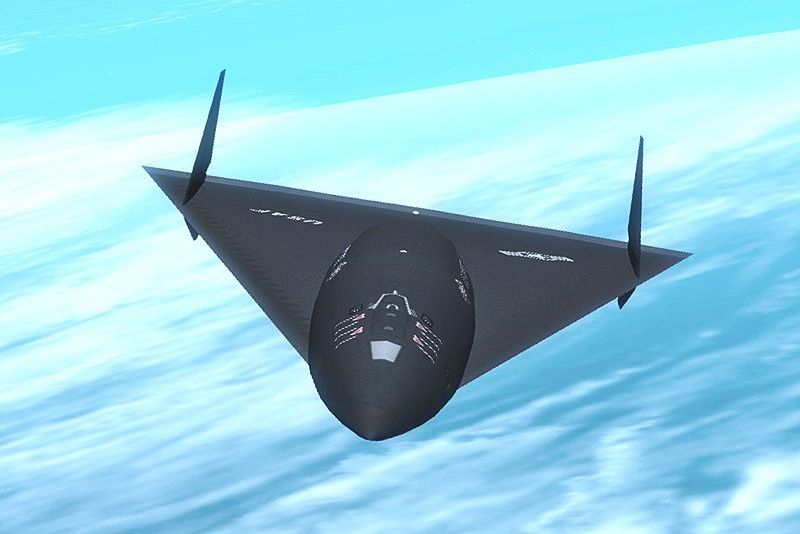
SR-91 Aurora: What To Know About The US Military Mach 5 Spy Plane That Never Was
As far as we know, the Aurora spy plane was a mere myth. But are there any solid facts behind the fiction?
Streaking through Skies
On May 1, 2013, the U.S. military conducted the final test flight of a hypersonic aircraft, propelling it to over five times the speed of sound in the longest mission of its kind.
“It was a full mission success.” — Charlie Brink, X-51A program manager for the Air Force Research Laboratory Aerospace Systems Directorate.
The Air Force’s X-51A Waverider achieved a maximum speed of Mach 5.1 during this test, covering more than 230 nautical miles in just over six minutes before crashing into the Pacific Ocean off the California
coast, as planned. This flight was the last of four X-51A vehicles developed by Boeing for Air Force experiments following a previous test failure in August 2012. This mission marked the longest air-breathing hypersonic flight to date. The X-51A took off Wednesday morning from Edwards Air Force Base in California, carried by a B-52H Stratofortress. Released at about 50,000 feet (15,000 meters), the Waverider used a solid rocket
booster to reach Mach 4.8 in just 26 seconds. After separating from the rocket, it accelerated to Mach 5.1 at an altitude of 60,000 feet (18,300 meters), powered by its air-breathing supersonic combustion ramjet (scramjet) engine.
The X-51 uses JP-7
fuel for the SJY61 scramjet, carrying 270 lb (120 kg) on board.
- Primary Function: Hypersonic scramjet-powered flight test demonstrator
- Contractors: Boeing, Pratt & Whitney Rocketdyne
- Power Plant: JP-7 fueled/cooled SJY61 supersonic combustion ramjet
- Thrust: 500–1,000 pound class
- Length: Full stack 25 feet; Cruiser 14 feet; Interstage 5 feet; Solid rocket booster 6 feet
- Weight: Approx. 4,000 pounds
- Fuel Capacity: Approx. 270 pounds JP-7
- Speed: 3,600+ miles per hour (at Mach 6)
- Range: 400+ nautical miles
- Ceiling: 70,000 + feet
- Crew: ground station monitored
- Unit Cost: Unavailable
- Initial Flight Test: May 26, 2010
- Inventory: Four purpose-built for flight test, not designed for recovery (one vehicle expended as of Feb. 1, 2011)
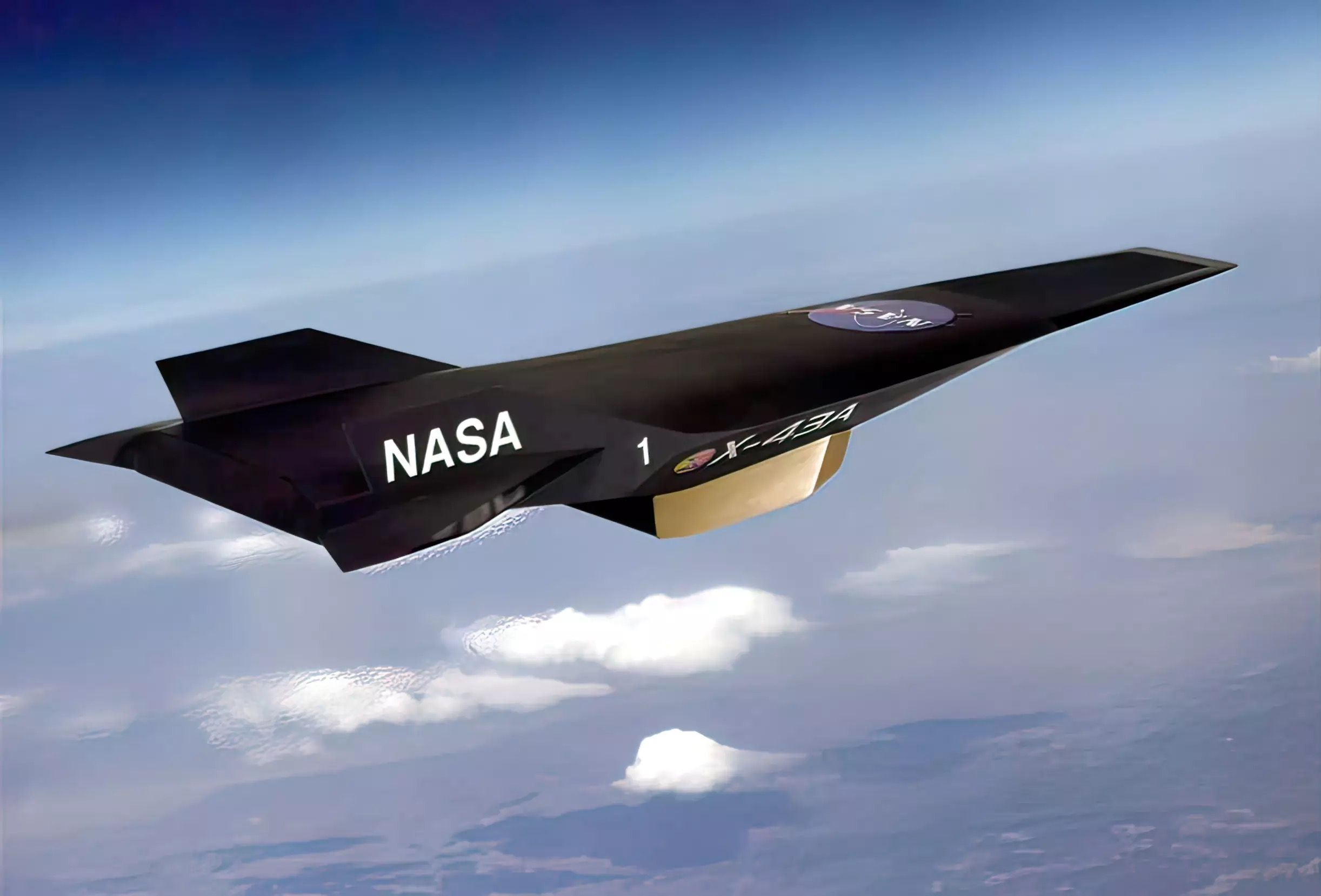
Lockheed X-24C: The Hypersonic Scramjet Plane That Never Was
The X-24C had a lot of promise but would ultimately be canceled by budget cuts.

